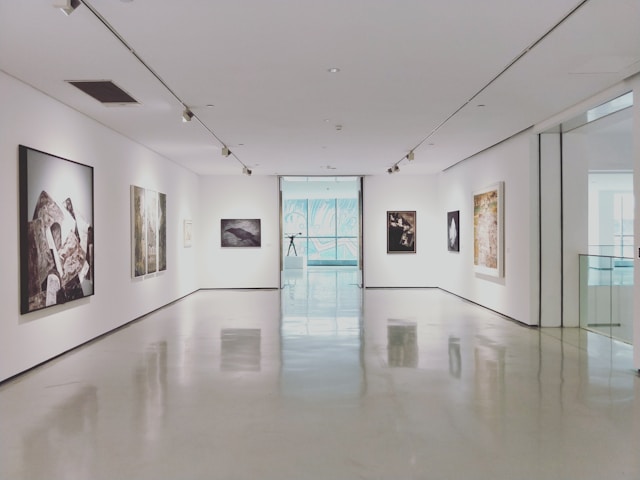Have you ever wondered how museums keep their doors open year after year? The answer may surprise you! These institutions are masters of generating revenue from a variety of sources. From government grants to corporate sponsorships, they find creative ways to bring in the funds they need to continue inspiring visitors with their stunning exhibitions. Many museums also rely on donations from generous patrons who are passionate about supporting the arts. And let’s not forget about entrance fees! These small charges can add up quickly, especially when thousands of people flock to see a new exhibit. With so many different income streams, museums are able to keep doing what they do best – preserving history and culture for generations to come.
Can museums buy back works of art that are on display but do not belong to them?
The world of art is constantly evolving, and with it comes new ideas and possibilities. So, can museums buy back works of art that are on display but do not belong to them? The answer is a resounding YES! In recent years, some museums have begun to take a more proactive approach to acquiring art, and have even started to buy back works that were previously displayed in their galleries. This exciting development is great news for both art lovers and museums, as it allows for a more dynamic and engaging museum experience. With this incredible new option, the possibilities for museums and their collections are truly limitless. Who knows what amazing works of art will soon be gracing the halls of our favorite museums?
Can museums exchange works of art?
Have you ever visited a museum and found yourself in awe of a particular piece of artwork, wishing you could take it home with you? Well, in a surprising turn of events, museums actually have the ability to exchange works of art amongst one another! Whether it’s due to a change in curatorial direction or simply a desire to diversify their collection, museums are able to swap pieces from their collection with other institutions. It’s an exciting opportunity for museum-goers, as it means that new and interesting works of art could potentially come to a museum near you. Who knows, your next visit might just include a masterpiece that was on display at a museum on the other side of the world!
How museums can prepare for epidemics
As we dive deeper into the digital realm, museums have become an irreplaceable source of information for people worldwide. However, with the onset of epidemics, the museum experience has come to a screeching halt. With the world in the grip of the COVID-19 pandemic, it’s essential to discuss how museums can prepare for epidemics in the future. And as we look towards the future, it’s critical to examine the role played by technology. From virtual tours to interactive exhibits, museums have an opportunity to blend technology and art seamlessly. By embracing technology, museums can ensure that their doors remain open, even if an epidemic prevents in-person visits. With creativity and innovation, it’s possible to reimagine the museum experience, even in the face of adversity.
Can museums organize non-core events?
Are you ready for some out-of-the-box museum experiences? Well, hold on to your hats, because museums are branching out to offer unexpected and innovative events that go beyond their core exhibits. It’s time to think beyond the traditional museum visit and explore new ways to engage with culture and history. Museums are hosting concerts, movie screenings, art workshops, food tastings, and even yoga classes. These non-core events provide visitors with a fresh perspective and a chance to connect with the museum in a different way. So put on your dancing shoes, grab a snack, and get ready to experience museums like never before!
Development of virtual museums
Are you tired of the limited exhibits and high prices of traditional museums? Well, get ready to have your mind blown with the development of virtual museums! Imagine being able to explore ancient ruins in Greece or view rare artifacts from the comfort of your own home. With advances in technology and 3D scanning, virtual museums are becoming more and more immersive, allowing visitors to truly feel like they are walking through a physical gallery. Plus, virtual museums allow for increased accessibility for those who are unable to physically visit a traditional museum. The possibilities are endless with the development of virtual museums, and I for one can’t wait to see what the future holds for the museum world.



